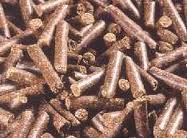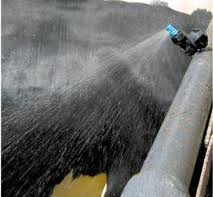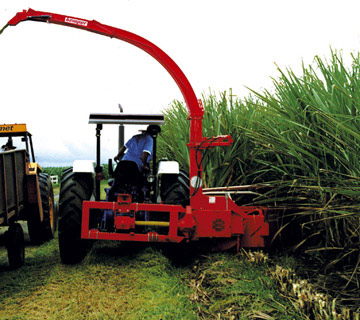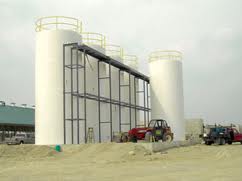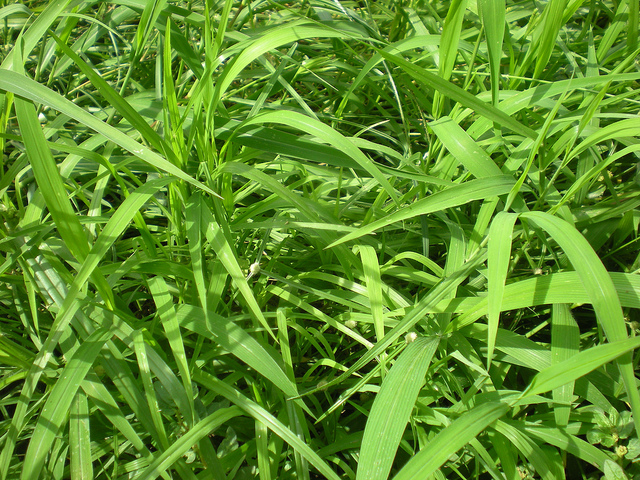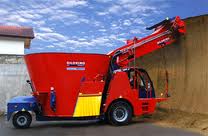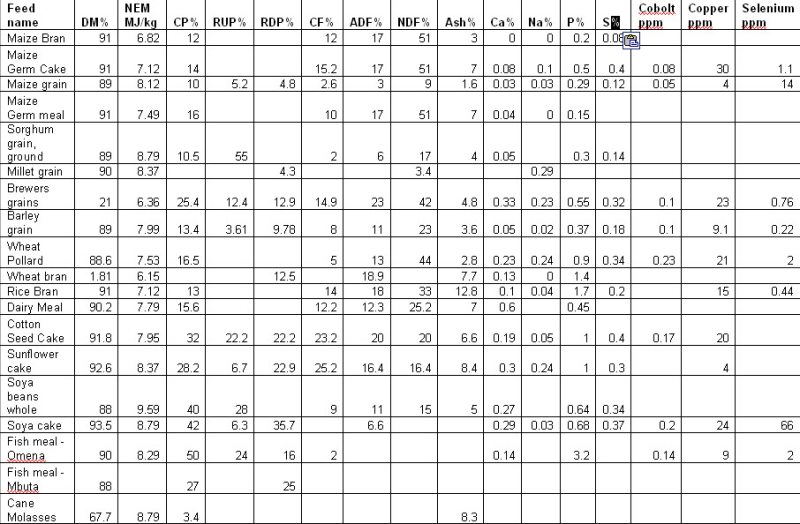Food, Water and Equipments
US - While corn silage has long been the roughage of choice for dairies, limited water may mean sorghum silage gets a closer look this year, according to a Texas AgriLife Extension Service specialist.
Home grown or purchased hay or silage are extremely valuable feeds after a flood or fire. If well made, they should be safe to feed and are excellent “comfort food” for short term feeding of cattle, horses, sheep and other grazing animals, writes Neil Griffiths Technical Specialist Pastures Paterson with New South Wales, Australian government.
US production of distillers’ grains (DGs), which include a range of animal feed co-products derived from corn-based dry-mill ethanol production, has quadrupled since 2004/05, paralleling the rapid growth of US ethanol production, write Linkwood Hoffman and Erik Dohlman.
DENAMRK - Cows on grass prefer a diet that includes herbs rather than pure grass. Scientists from Aarhus University have studied a selection of herbs and their potentially beneficial effects.
Can the use of a fall cover crop be incorporated after corn silage harvest to improve land and protect it from water and wind erosion while providing a usable feed source and what tools are available to evaluate important corn silage yield traits relevant to dairy producers, explores Jennifer Bentley from the ISU Extension at the Leopold Centre.
Fungi in the family, Alternaria, produce mycotoxins in a range of plants that include cereals and oilseeds. Following a study of the possible adverse effects of Alternaria mycotoxins on the health of humans, farm animals and pets, the European Food Safety Authority (EFSA) was unable to rule out the possibility of some types of toxin causing problems in chickens, the only species of farm animals for which some toxicity data suitable for risk assessment exist.
The term total mixed ration (TMR) may be defined as, "The practice of weighing and blending all feedstuffs into a complete ration which provides adequate nourishment to meet the needs of dairy cows." Each bite consumed contains the required level of nutrients (energy, protein, minerals and vitamins) needed by the cow (Table 1).
Total Mixed Ration (TMR) can be described as a mixture of both the roughage and the processed ingredients, formulated and mixed to supply the cows requirements, in a form that precludes selection. It is designed to be the sole feed source given over a 24 hour period and fed ad lib. for optimum results. This cannot be accomplished without the use of accurate weighing equipment and adequate and proper mixing equipment (feed mixer wagon).
Feeding of fat to dairy cows enables a more energy-dense feedstuff to be provided in the ration, say researchers B. Jones, A. Bowen, M. Martin, and R. Ax. This feature was taken from the proceedings of the High Plains Dairy Conference. A full link to the proceedings is provided below.
Barley is an ancient grain with a promising future.













